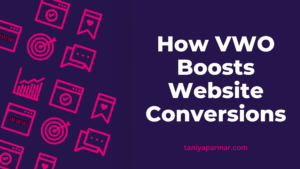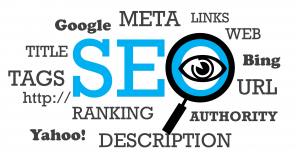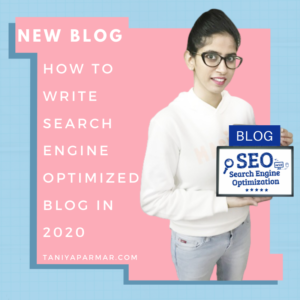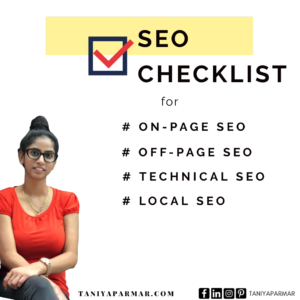
The VWO Advantage – Data-Driven Decisions, Not Gut Feelings
In the world of website optimization, gut feelings and hunches can only take you so far. While intuition can be valuable, true success comes from making data-driven decisions. That’s where VWO (Visual Website Optimizer) shines. This powerful platform empowers you to move beyond guesswork and optimize your website based on real user behavior and concrete data. This blog post explores how VWO helps you leverage data to achieve better results. The Problem with Gut Feelings: We’ve all been there. You have a “feeling” that a certain change will improve your website. Maybe you think a different headline will resonate better, or a new call-to-action button will drive more clicks. But without data to back it up, you’re simply guessing. And sometimes, those guesses can be wrong – leading to wasted time, resources, and missed opportunities. The VWO Solution: Data-Driven Optimization VWO eliminates the guesswork by providing you with the tools and insights you need to make informed decisions. Instead of relying on hunches, you can use VWO to test your ideas, gather data, and see what actually works. How VWO Solves Your Website Challenges: Let’s explore how VWO’s data-driven approach tackles common website problems: Problem 1: Low Conversion Rates The VWO Solution: It empowers you to identify why your conversion rates are lagging. Through A/B testing, you can experiment with different headlines, call-to-actions, images, and page layouts to pinpoint what resonates with your audience. MVT takes this further, allowing you to test combinations of elements for even more granular optimization. It also provides heatmaps and session recordings to show you exactly where users are clicking, scrolling, and getting stuck, giving you concrete areas to improve. Problem 2: High Bounce Rate The VWO Solution: A high bounce rate signals that visitors aren’t finding what they’re looking for. It helps you understand the reasons behind this. Are your pages loading too slowly? Is the content irrelevant? Are users confused about what to do next? By analyzing user behavior with heatmaps and recordings, and by testing different variations of your content and design, you can create a more engaging experience that keeps visitors on your site. Problem 3: Confusing User Experience The VWO Solution: A confusing website leads to frustrated visitors and lost sales. Its tools help you simplify and streamline the user journey. Form analytics highlight friction points in your forms, allowing you to optimize them for higher completion rates. Heatmaps and scrollmaps reveal how users navigate your site, helping you identify confusing navigation or poorly placed elements. Problem 4: Lack of Personalization The VWO Solution: In today’s digital landscape, personalization is key. It allows you to segment your audience and deliver targeted experiences. Show different offers to different demographics, personalize content based on past behavior, or tailor the user experience to specific traffic sources. This level of personalization can significantly boost engagement and conversions. Problem 5: Difficulty Understanding User Behavior The VWO Solution: It provides a comprehensive view of user behavior. Heatmaps show where users click and move their mouse, scrollmaps reveal how far down the page they go, and session recordings let you watch actual user interactions. This data gives you invaluable insights into how users interact with your site, allowing you to identify areas for improvement and make data-driven decisions. Problem 6: Wasted Marketing Spend The VWO Solution: Are your marketing efforts paying off? It helps you maximize your ROI by ensuring that your website is optimized to convert visitors. By identifying and fixing leaks in your sales funnel, you can get more value from your marketing budget. Example Scenario: Imagine you’re running an e-commerce store and notice a high cart abandonment rate. Using VWO, you can: Analyze: Use form analytics to see where users are dropping off during the checkout process. Hypothesize: You might hypothesize that the shipping costs are too high or that the checkout process is too complicated. Test: You can use VWO to A/B test different shipping options or simplify the checkout form. Optimize: Based on the results of your tests, you can implement the changes that lead to the lowest cart abandonment rate. VWO empowers you to move beyond guesswork and make data-driven decisions. By understanding user behavior, identifying areas for improvement, and testing your ideas, you can optimize your website for maximum impact. Stop relying on gut feelings and start using data to drive your website success. Ready to experience the VWO advantage? Start your free trial today and discover how data-driven optimization can transform your website performance!



